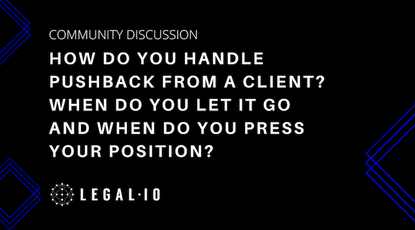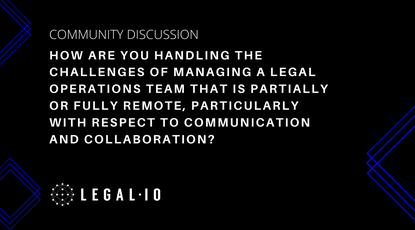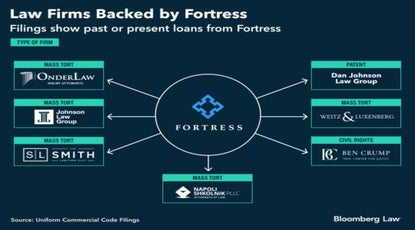Overview
The last step when applying for a green card for applicants already in the United States on a non-immigrant temporary visa is the process of adjusting one’s status from the temporary nonimmigrant visa to a permanent immigrant visa. When the foreign national is outside the United States; he/she will directly apply for the Green Card at the US Consulate abroad In many cases, there is a long wait time before this final step can be completed.
There are only so many preference category immigrant visas/green cards that are issued each year per country and generally there are more applicants than visas available. The green cards that are issued each year are divided between the different preference categories (family-based, employment-based, etc.) and each country is assigned the same number of visas. Thus, India and China each have the same number of immigrant visas allotted to them as any other country, like Switzerland or Germany. Obviously, there is a shortage of visas for Indian and Chinese nationals as compared to German or Swiss nationals. So each applicant has to reserve his/her place in the line. Applicant’s place in line is determined by their priority date(s). Priority dates are given to each applicant and can be found on Form I-797, the approval notice for their Immigrant Visa Petition.
Priority dates are figured differently for each category of visa. For example, the priority date for employment-based petitions is either the date the petition was filed or the date the labor certification application was accepted. Applicants are then placed on a waiting list, in order of priority dates. Once the priority date becomes current (which means that the visa is available), the applicant can then either apply for an adjustment of status (if in the United States); or apply for the green card directly at the US Consulate abroad (if outside the United States).
Each month a visa bulletin is issued by the U.S. Department of State, which indicates which priority dates arenow current Applicants can also refer to the visa bulletin to determine when their priority date will mature. Depending upon the applicant’s nationality and the visa category, the wait time could run into several years; however, there may be a way to skip the waiting list if the applicant’s spouse, child or parent is from a different country.
Cross-chargeability is the term given for this method of using a spouse’s priority date as a substitute for the applicant’s priority date as given on the I-797. For example, the April 2015 visa bulletin indicates that Indian nationals who applied for the third-preference employment-based visa back in 2004 are now eligible for a green card. At the same time, Philippine nationals that applied for a third-preference employment based visa in 2014 are also eligible for their green card. This means that the wait for Philippine nationals is far less as compared to Indian nationals for the same third preference employment based category of Green Cards.
Now if an Indian national is married to a Philippine national (even if the Indian national was the principal applicant), he/she can substitute his spouse’s priority date for his own and the couple can receive their green cards much faster. This green card will then be “charged” to the Philippines quota as there are more green cards available to Philippines nationals.
This little known method can be a very effective way to cut wait times and receive a green card faster. However, it is important to note that an applicant’s place in line is determined by his/her country of birth, and not by their nationalities. So when we refer to an Indian or Philippine national, we are referring to their countries of birth and not the country which issued their passports.
The number of immigrant visas that are issued to “immediate relatives” each year is unlimited. This includes parents of U.S. citizens, spouses of U.S. citizens and unmarried children under the age of 21 years old. Therefore in some circumstances, parents of U.S. citizens and unmarried children under 21 years old may be eligible for this relief of cross-chargeability.
If your spouse or child is a national of another country, you may be able to use this shortcut when applying for a green card. Contact the Law Office of Sweta Khandelwal to discuss cross chargeability and determine if you are eligible. Attorney Khandelwal is an immigration attorney who has worked specifically in business immigration for over 10 years.
Citied Sources
Visa Availability & Priority Dates, December 18, 2014, USCIS
April 2015 Visa Bulletin, United States Department of State Bureau of Consular Affairs









